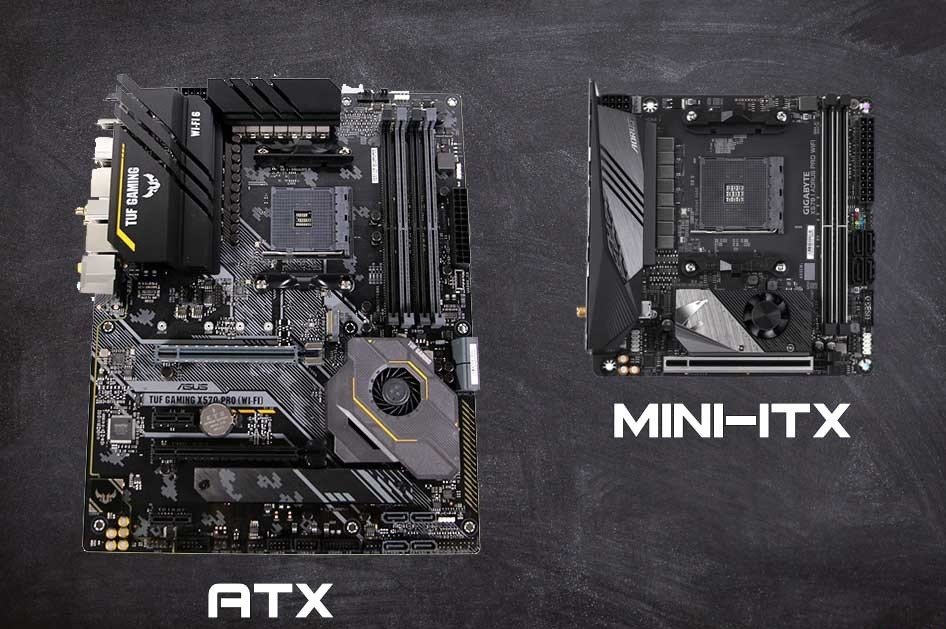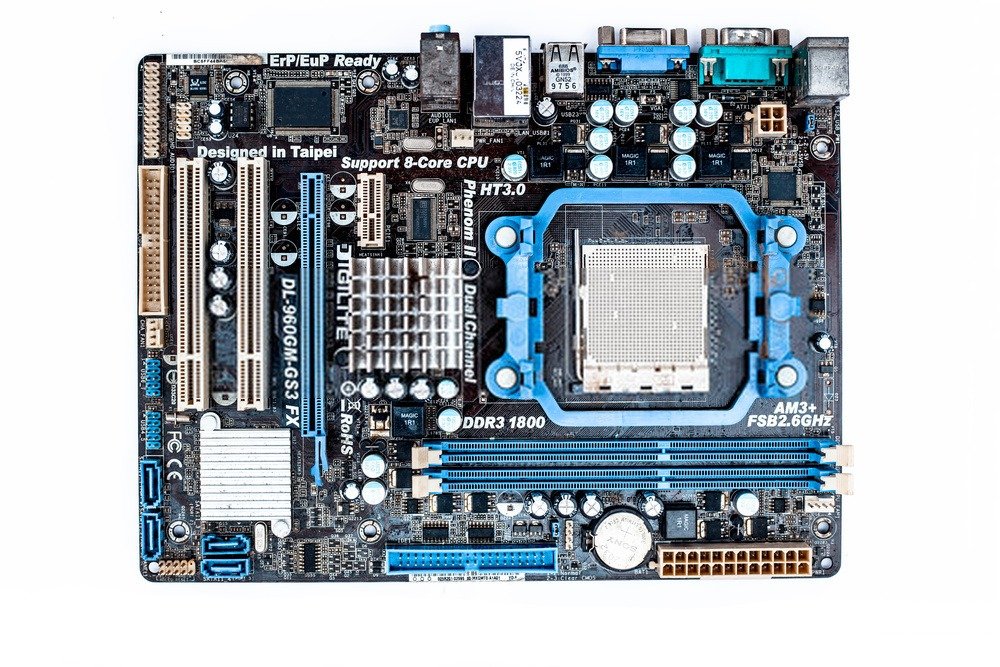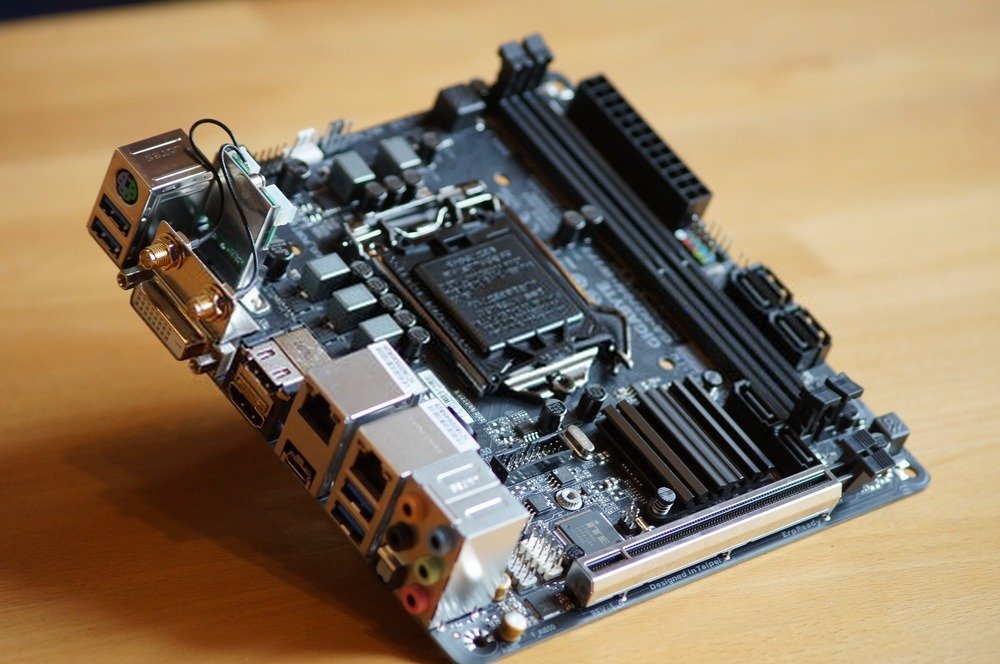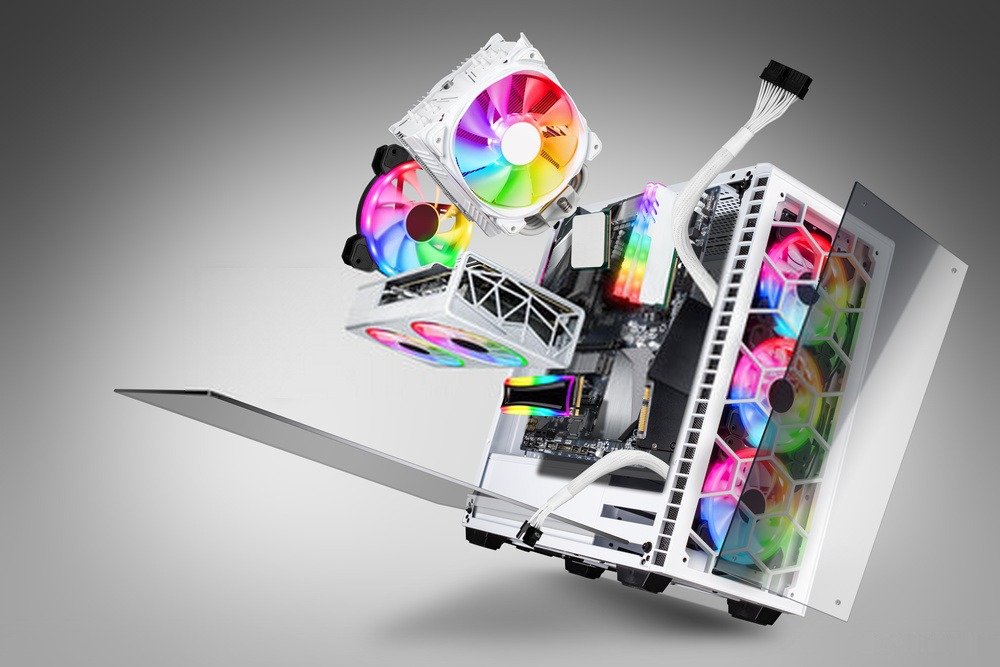If you're building your own PC, you need to choose a good motherboard . This is the central room where most of the components like RAM, graphics card are installed and where peripherals like mouse and keyboard are connected.
Although a motherboard does not directly affect the performance of your system, it determines the type of hardware and the number of different components that can be connected to your system.
In this article, we will discuss the key factor that determines the capacity of a motherboard, namely size or form factor .
Overview of motherboard formats

Motherboards are mainly available in two sizes – ATX (Advanced Technology eXtended) and Mini-ITX (Information Technology eXtended). Although there are others, these are the most used and are more than sufficient for regular use at home or in the office.
Size of different formats:
- ATX – 12in x 9.6in (305 x 244mm)
- Mini-ITX – 6.7 x 6.7 inches (170 x 170 mm)
Motherboards come with PCI (Peripheral Component Interconnect) and RAM slots where you can connect your external components like your graphics card and RAM sticks.

PCI slots are where you plug in your sound cards, graphics card, network cards, disk controllers, etc. The number of PCI slots on your motherboard depends on the size and form factor.
This is especially important to consider because different computers have unique purposes and finding a motherboard suited to your purpose will save you a lot of money and hassle when building your PC !
Here is additional information in video:
ATX motherboards
ATX motherboards, the oldest model, are the largest with a size of 305 × 244 mm (12″ × 9.6″). These motherboards require a large ATX case to install correctly.
ATX motherboards can have up to seven PCI slots, allowing you to connect your PC to a large number of external cards, useful for extremely heavy workstations.

This model also supports four RAM modules; However, it is important to remember that two sticks of 16 GB of RAM are cheaper than four sticks of 8 GB of RAM.
ATX motherboards also have more USB ports on the back and front. If you need to connect many USB devices, this may be a good choice.
ATX motherboards also have more SATA ports that allow you to connect data-enabled devices like hard drives, optical drives, etc.
In addition to SATA ports, high-end ATX motherboards can have up to 3 NVME M.2 slots, allowing the user to add plenty of high-speed storage.
These motherboards are also the most expensive since they are the largest.
Here are the best models in ATX format!
Also keep in mind that ATX motherboards typically come with chipsets that can support more PCI-e slots and USB ports. Different chipsets have different capabilities in terms of the number of PCI-e slots and USB ports they can handle.
Good to know: For experienced gamers, we invite you to take a close look at the x570 motherboard !
Mini-ITX motherboards
Finally, Mini-ITXs are the smallest types of motherboards, measuring 6.7 x 6.7 inches (170 x 170 mm) as a standard. These small motherboards only have one PCI-e slot, which is usually 16 inches.

Although the Mini-ITX is the smallest format, it is not the cheapest. Indeed, squeezing components into such a small space can be expensive, and most Mini-ITX motherboards already come equipped with Wi-Fi and/or Bluetooth technology.
Mini-ITX motherboards usually have 4 SATA ports onboard and around 4-5 USB ports on the rear panel and 4 on the front. These typical hardware options are sufficient for most ordinary home PCs.
It's worth noting that there are Mini-ITX motherboards with NVME M.2 slots.
Here are the best MINI ITX models of the moment!
Which format to choose?
So which one is better of the two?
It all comes down to your preference. The motherboard you choose is heavily determined by the function of your PC. ATX motherboards can handle most PCIe hardware modules, but even professional gamers don't use all of their PCI slots.
Here is a list of typical things you might install on your motherboard:
- Graphic card
- Soundcard
- Wi-Fi card
- PCIe card
- Hard drive (SSD or not)
Here are some things to consider when choosing a motherboard:
How many SSDs or HDDs should you install?
How many PCIe devices will be installed?
How many USB ports do you need?
ATX – High specs, higher budget, more powerful
With ATX you can connect lots of PCIe devices, lots of SSDs and lots of USB devices. It's bigger and supports more hardware.
You will also need a full-sized case that can accommodate the ATX motherboard inside. This implies an increase in the budget for the PC case as well as the motherboard.

With 2 PCIe x16 slots, you also have the possibility to use several technologies based on graphics cards like Nvidia's SLI and AMD's CrossFire. However, not all ATX motherboards support SLI, so you should first check the specifications on the official website to make sure it fully supports SLI or multi-GPU configurations.
Additionally, the ATX motherboard future-proofs your machine because you can optionally add additional hardware to it without having to upgrade it. This isn't really a huge benefit in terms of flexibility, but it's useful to a certain extent.
Also keep in mind that some chipsets, like the AMD X570, are only available on ATX motherboards. These chipsets are designed to support a lot of external hardware via PCIe and USB, so it only makes sense to put them on larger motherboards that support more hardware.
Mini-ITX – Mid Budget, Limited Specs
The smallest of the group, the Mini-ITX is best suited for a compact PC system that doesn't take up much space. Smaller PC cases can be portable if you need a LAN-enabled gaming machine to transport frequently.
However, the card is limited to a single PCIe x16 slot and 2 RAM slots.
So you can plug a graphics card into a Mini-ITX motherboard, but nothing else. And for a large amount of RAM, you need sticks with more memory, since you only have 2 slots.
The Mini-ITX is a great option if you don't want to play demanding games.
These motherboard models will, however, have an integrated Wi-Fi and/or Bluetooth system, which can be interesting if you are looking for a transportable PC.
Conclusion
Finally, for gaming, it is better to go with an ATX motherboard . It is the most versatile and the one that allows you to have the best performance thanks to its numerous ports. If you have a smaller budget, you can always upgrade gradually without worrying that your motherboard will be obsolete.





